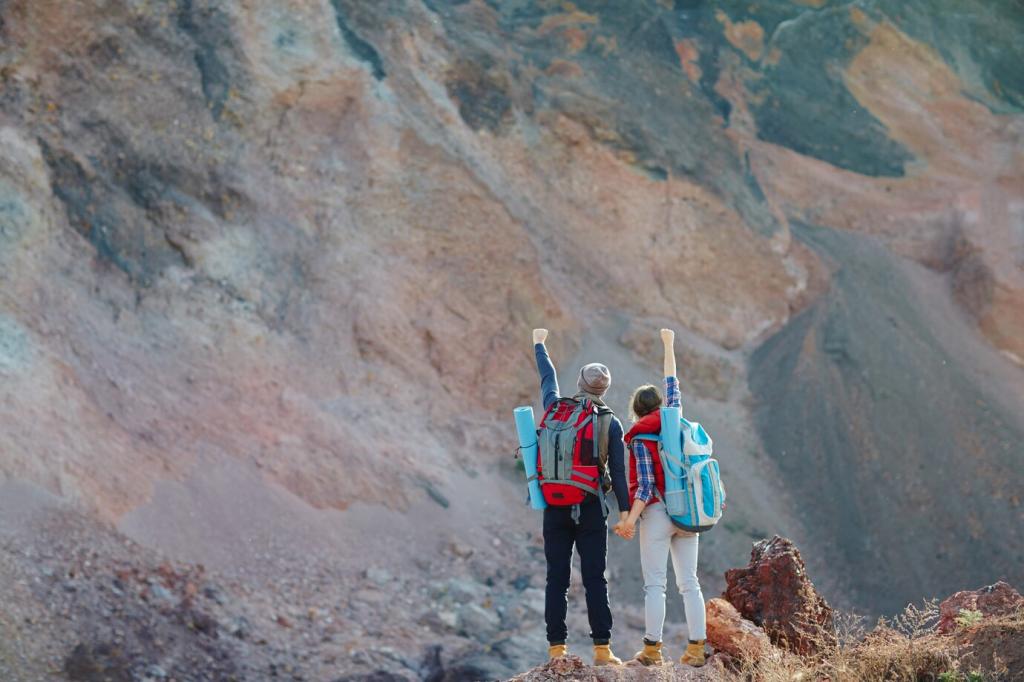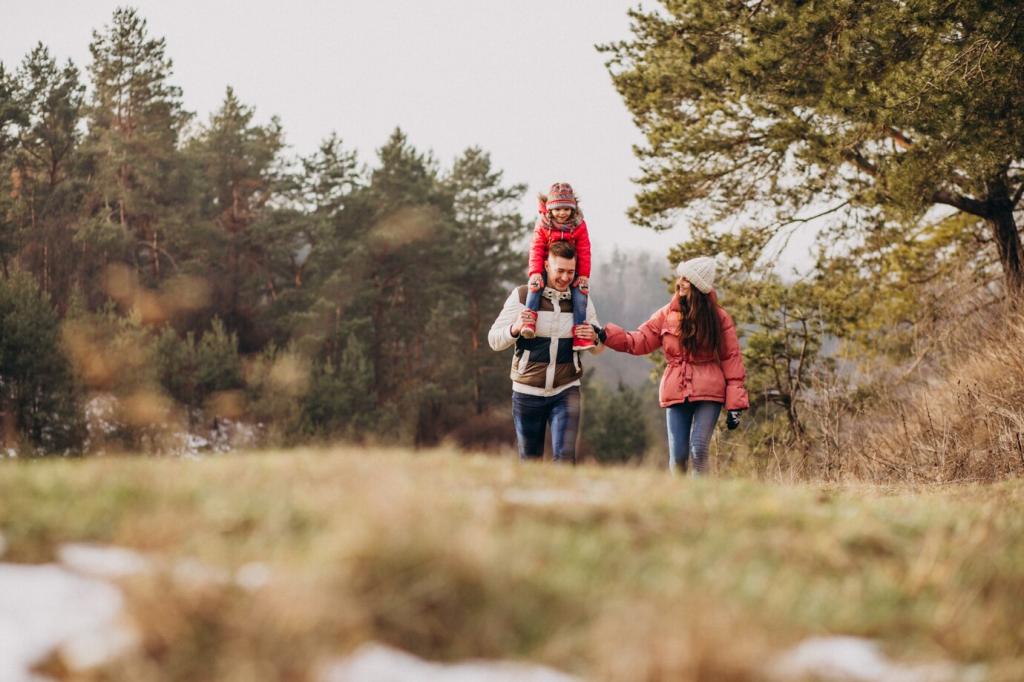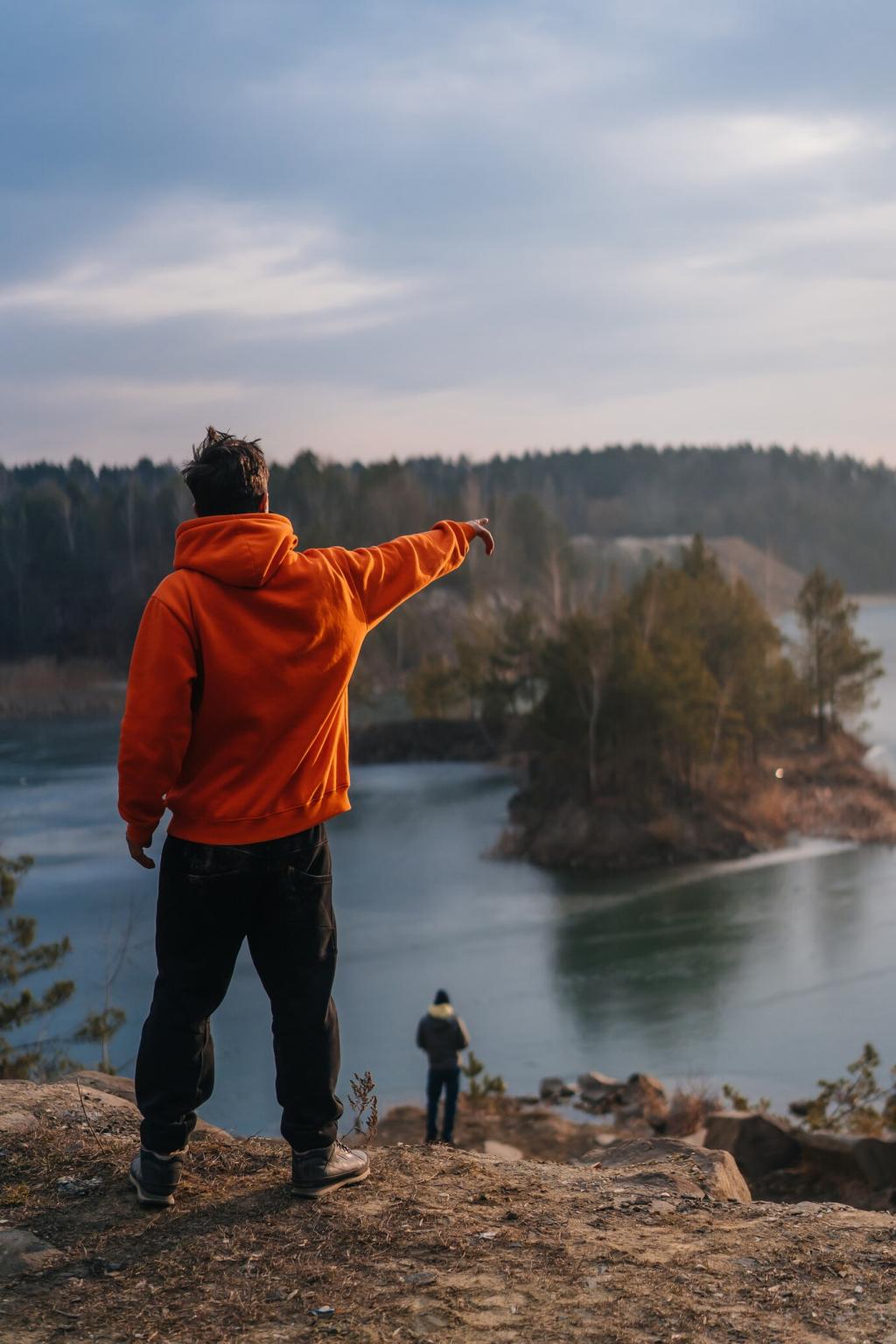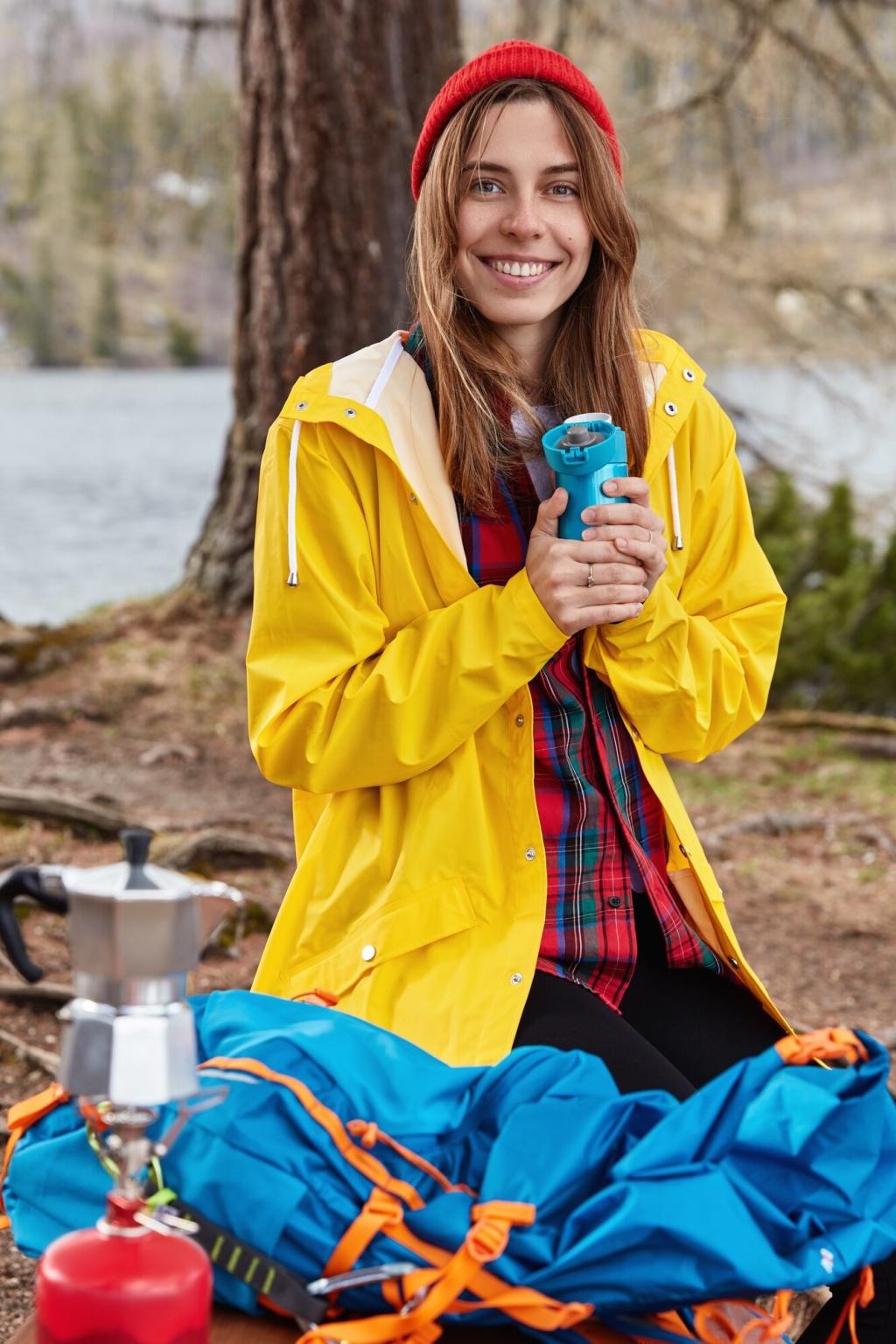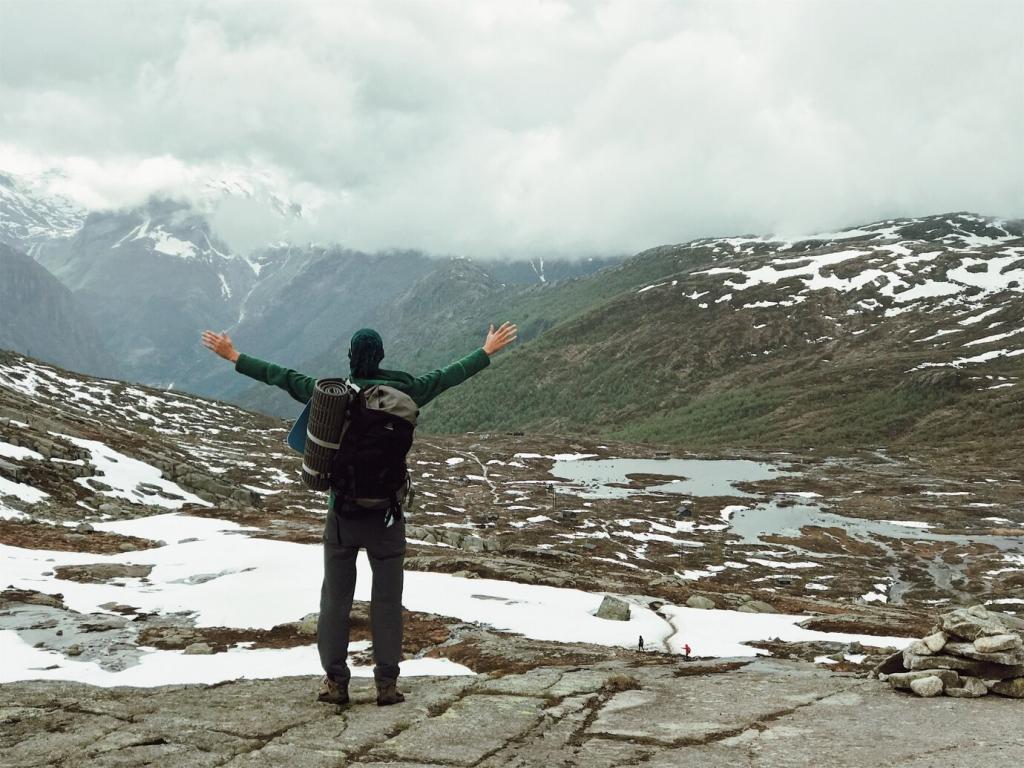Navigation and Mountain Weather Literacy
Carry a paper topo and compass, then layer a GPS app with offline maps for quick checks. Batteries drain faster in cold winter air, so keep electronics warm inside pockets. Practice bearing-taking before fog rolls in, and share your favorite mapping app to help the community refine their kits.
Navigation and Mountain Weather Literacy
Mountains create their own weather. Summer afternoons may bring rapid thunderheads; winter winds magnify frostbite risk. Track pressure trends, note cloud types, and time summits earlier. If you’ve dodged a ridge storm thanks to a smart call, comment with your story to help others learn decisively.

